The pandemic should make us rethink schools as critical neighbourhood infrastructure.
Progressive educators and social planners have long recognised the importance of schools to building community and social connectedness. However, the pandemic has drawn new attention to schools as community infrastructure, questioning how the social, informational and physical resources of schools might be better utilised by local residents.
As the disruptions of 2020 dragged into 2021 and beyond, many schools have been required to flip between classroom and online learning, provide support services and digital connectivity to families, and act as trusted sources of information about Covid-19 and the safeguarding measures being put into place.
The crucial role of schools during the pandemic has come as less of a surprise to some. Schools – which provide both physical and social infrastructure – have often played important roles in times of crisis. Around the world, schools commonly become havens for displaced people in the wake of natural disasters, such as wildfires and floods, turning over their facilities and social networks to humanitarian support. Like other community facilities, schools’ physical, digital and social infrastructure can be mobilised to produce adaptive and responsive solutions to emergent situations and build community resilience.
The absence of these infrastructures is a marker of community vulnerability, such as when schools are impacted by temporary closure during Covid-19 lockdowns, permanent closure brought about by neighbourhood demographic changes or school consolidation policies, or – more dramatically – their loss in crises such as wildfires as has happened in at least three recent ‘fire seasons’ (as summers have come to be known) in Australia and the United States.
More people now recognise schools as critical response sites and opportunity exists to enhance their role in supporting the resilience of local communities, not just in times of crisis, but on a consistent and enduring basis. Rather than seeing the pandemic as a temporary disruption, it provides an opportunity to rethink how schools might operate as community hubs in a future where environmental and social systems are under increasing stress.
More than a school
Many schools are considered underutilised as social infrastructure, resulting in regular calls to extend their use. But what are the implications for students, educators and policymakers? The conceptualisation and operation of extended, or shared-use, schools varies across the globe. Some school facilities are purposely designed and supported as community facilities, offering additional possibilities for learning, recreation, health and wellbeing. Many also provide valuable green infrastructure, especially in densely populated urban areas.
School-located facilities may provide the sole community centre in sparsely populated rural settlements, or in new urban-fringe housing estates. While policy rationales supporting this model stress its wide social, educational, economic, health and environmental benefits, budget-conscious governments also appreciate the efficiency of shared infrastructure, which partly explains the resurgent interest. Separately, the extended use of schools may focus on students’ wellbeing and educational attainment. Full-service school models, often initiated by philanthropic organisations working in under-privileged areas, regularly use existing facilities to provide students with breakfasts, health services, extracurricular activities and so on.
One concern over the push to encourage wider community use of schools is its potential conflict with their main purpose of schooling. Research conducted in 2021 by RMIT University planning student, Emma Hanslow-Sells, for example, shows that teachers identified the security and safety of students, and the perceived skills and time required for community engagement, as barriers. Some school staff view the move to open schools sceptically, as a default solution of policymakers and opinion leaders to complex social problems, leading to a further stress on the curriculum, school budgets and the staff working day.
An additional concern is that the physical designs of schools – and in some instances the poor condition of school facilities – are unsuited to wider community use. Jeff Vincent of UC Berkeley’s Center for Cities and Schools is one of a number of researchers who have long campaigned for increased attention to school facility maintenance, pointing to patterns of racial and spatial injustice associated with such basic but persistent policy failures.
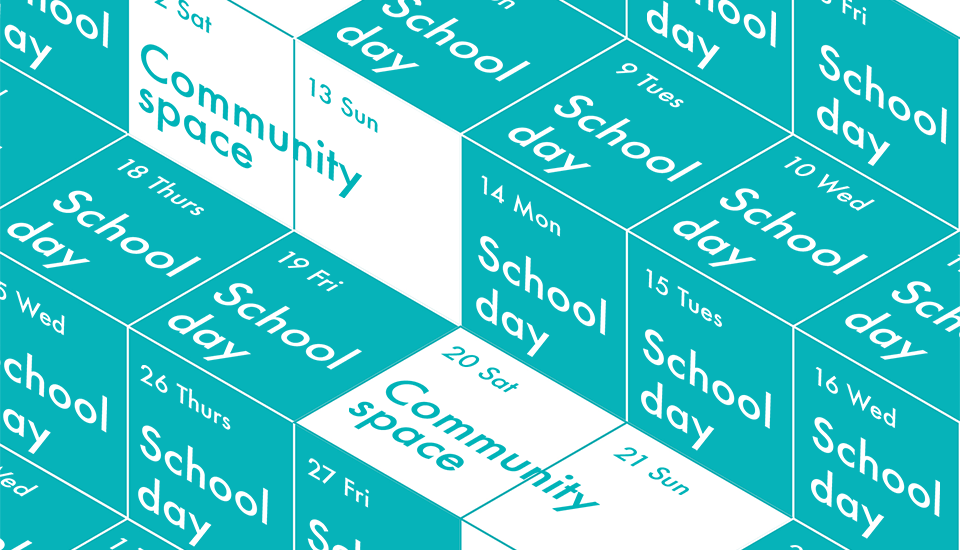 Increased burdens and inadequate facilities are frequently interconnected: increased burdens may fall on schools and communities that are most poorly resourced and equipped to shoulder them. Furthermore, apart from education, extended-use schools typically provide facilities and services funded by local municipalities, which vary widely in resources. Not-for-profit organisations such as Australian-based Our Place and the City Connects network in the US, led by Mary Walsh at Boston College, have developed place-based responses that successfully engage with local community needs. Their success, though, should not deflect from the fundamental role of governments in providing equitable and accessible public goods. As the cost of Covid-19 programmes takes its toll on public finances, policymakers should be mindful of the work of Nobel Prize winner James Heckman, among others, in demonstrating the value of investment in local educational, health and community programmes.
Increased burdens and inadequate facilities are frequently interconnected: increased burdens may fall on schools and communities that are most poorly resourced and equipped to shoulder them. Furthermore, apart from education, extended-use schools typically provide facilities and services funded by local municipalities, which vary widely in resources. Not-for-profit organisations such as Australian-based Our Place and the City Connects network in the US, led by Mary Walsh at Boston College, have developed place-based responses that successfully engage with local community needs. Their success, though, should not deflect from the fundamental role of governments in providing equitable and accessible public goods. As the cost of Covid-19 programmes takes its toll on public finances, policymakers should be mindful of the work of Nobel Prize winner James Heckman, among others, in demonstrating the value of investment in local educational, health and community programmes.
Cultural, geographical and institutional settings are significant determinants of the relationships between schools and their surrounding communities.
Some commentators flag the inherent tension between the restricted physical environment of schools and the open and public nature of community facilities as a fundamental challenge. Legitimate concern over risks to students extends to concerns over risk to school property, which can result in restricted access to valuable recreational assets for local communities outside normal school hours. Yet, there is limited evidence internationally that locking up schools is a deterrent to vandalism or major damage. Studies suggest that the integration of schools with surrounding communities, through design, community connections and extended hours of use, is a better deterrent. This is no surprise to urban scholars. The American urbanist Jane Jacobs argued persuasively for the benefits of “eyes on the street” – movement and activity in public places – more than 70 years ago.
Indeed, determination to improve school–community relations, and better connect community members with each other through the school’s agency, is evident in the most dramatic circumstances. A workshop on the extended use of schools, hosted in 2021 by the University of Melbourne, heard moving evidence about the redevelopment of Sandy Hook Elementary School in Connecticut in the US, following the shooting deaths of 26 students and staff in 2012. School leaders and their architects redesigned the campus to explicitly resist a securitised environment, arguing that the school should remain welcoming, calm and connected to the natural elements. Design concepts like openness and clear sightlines, as well as subtle and concealed safety features, were used to balance practical security measures with a desire to renew community confidence and cohesion.
Schools in the urban realm
Cultural, geographical and institutional settings are significant determinants of the relationships between schools and their surrounding communities. Influential urban planners, such as the American Clarence Perry who led on the 1929 New York Regional Plan and the English town planner Patrick Abercrombie, best known for his plan to rebuild Greater London in the wake of the Second World War, identified local schools as key ‘neighbourhood units’ and urged their integration into the urban and social fabric. Yet, educational authorities have conventionally operated in siloed bureaucracies, largely disconnected from areas of government dealing with social and urban policy. Neo-liberal education settings adopted by western economies in recent decades have also promoted school choice over location-based enrolment, further weakening community affiliation with local schools. A focus of education policy on academic attainment and school league tables has also contributed to a division between curriculum and community. Education is a private and positional good, underpinning career choice and mobility, but it is also a social and public good. Local schools that are well integrated with their communities can encourage the social mix and everyday multiculturalism that are ingredients of inclusive societies, while offering programmes that respond to particular needs.
Some jurisdictions have followed alternative paths. Local schools in Denmark are designed and resourced for extended use and there is an expectation that school facilities can be accessed by local residents. Municipal-level administration of schools may assist in promoting integrated infrastructure planning and shared use. At ‘The Heart’ in Ikast-Brande (Denmark), the multifunctional buildings and outdoor areas support a variety of school and adult education classes, plus community events, exercise and recreational pursuits. Informal places for community members to work are also provided, including a cafe and office facilities. Jurisdictional divisions in countries such as Australia – where community planning is undertaken by city governments and educational planning by state (provincial) authorities – introduce greater structural impediments to integrated planning and the development of shared-use arrangements. Less rigid separation between formal and informal education, where compulsory years schooling is one element of a lifelong learning model (again, the long-established Danish folkehøjskole or folk high school is an interesting example) may also be a positive influence on sharing school infrastructure.
The challenge of climate change
The School Strike 4 Climate movement highlighted the urgent concern about global warming among students worldwide, causing some to call on students and schools to focus on learning rather than politics. Climate change, however, disrupts the dichotomy between ‘the school’ and ‘the world’. School infrastructure and pedagogy both play vital roles in supporting community resilience as we respond and adapt to the imminent impacts of global warming.
Imagination and leadership, when supported by research, can build productive links between school campuses and wider urban and environmental settings. For example, inner-urban school campuses may have limited open space, but some of that space can be integrated within urban biodiversity corridors that support the movement of species across habitats. Such initiatives may be integrated into science and environmental curricula. Similarly, the global movement to grow food on school campuses can link to wider urban farming movements while also contributing educational opportunities. Schools have also successfully met the challenge of developing sustainable energy and water systems on campuses. South Fremantle Senior High School, located in a region of Western Australia that is experiencing a significant, long-term rainfall decline, began a journey to become carbon neutral as far back as 2007.
Developing resilient communities requires active social networks and forms of shared identity to drive productive change. Schools have the cultural capital to act as the anchors in mixed-use public service precincts. In partnerships with other organisations, many would have the capacity to offer what Demos identified as “relational public services that can bring together local communities and make it easier for people to build relationships with other users, the community at large and people who provide the services”.
The social isolation and economic vulnerability ensuing from Covid-19 have brought a set of challenges to which local institutions can uniquely respond and which should spur us to rethink the role of schools as critical community infrastructure. With funding, investment and partnerships, schools have the potential to adapt to difficult circumstances and respond well to crises, both acute and pervasive. Extended- or full-service schools as physical, informational and social infrastructure can play more significant roles in supporting the education, health and wellbeing of local communities on an ongoing basis. The potential wide-ranging benefits of multisectoral partnerships should see schools reimagined as even more important and influential hubs of community than they already are.
The authors are lead researchers on an Australian Research Council funded project Building Connections: Schools as Community Hubs.
- Find out more on Twitter: @BC_ARCProject
This article first appeared in the RSA Journal Issue 1 2022.
Related articles
-
Young at heart
Journal
Jonathan Prosser
Becoming a nation with children at its centre in 10 courageous steps.
-
Open RSA knowledge standards
Blog
Alessandra Tombazzi Tom Kenyon
After investigating ‘knowledge commons’, we're introducing our open RSA standards and what they mean for our practice, products and processes.
-
Worlds apart
Comment
Frank Gaffikin
We are at an inflexion point as a species with an increasing need for collaborative responses to the global crises we face.

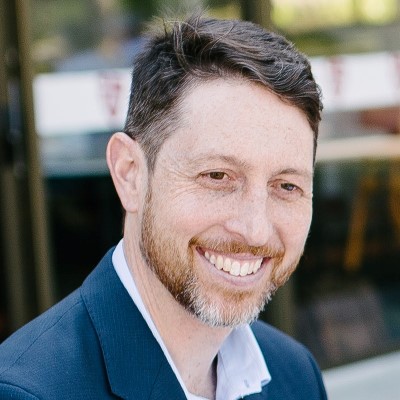
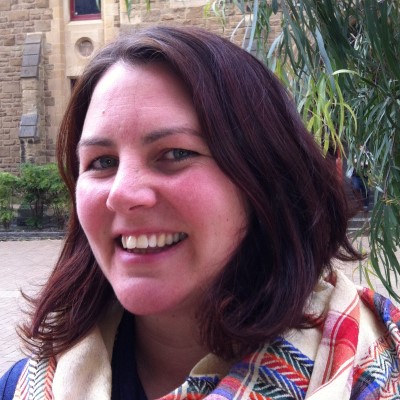
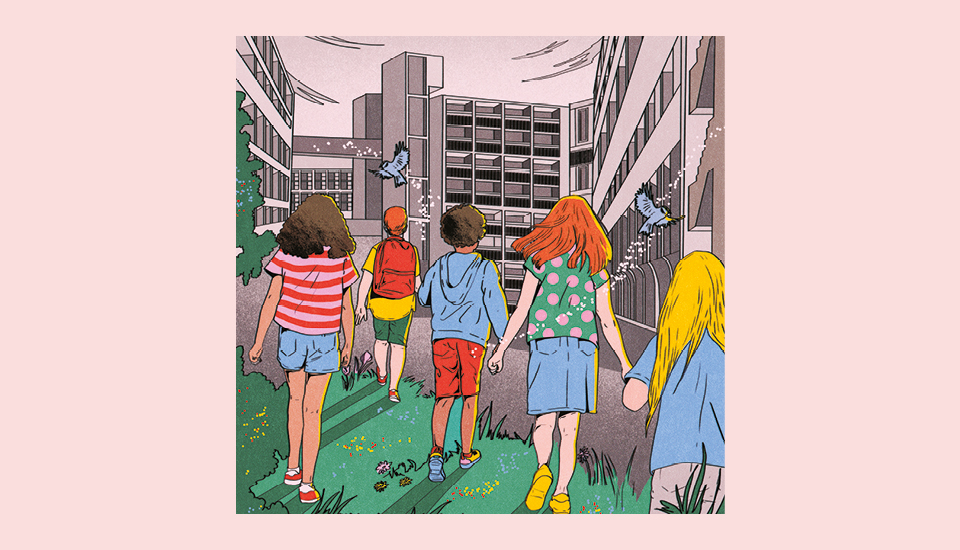

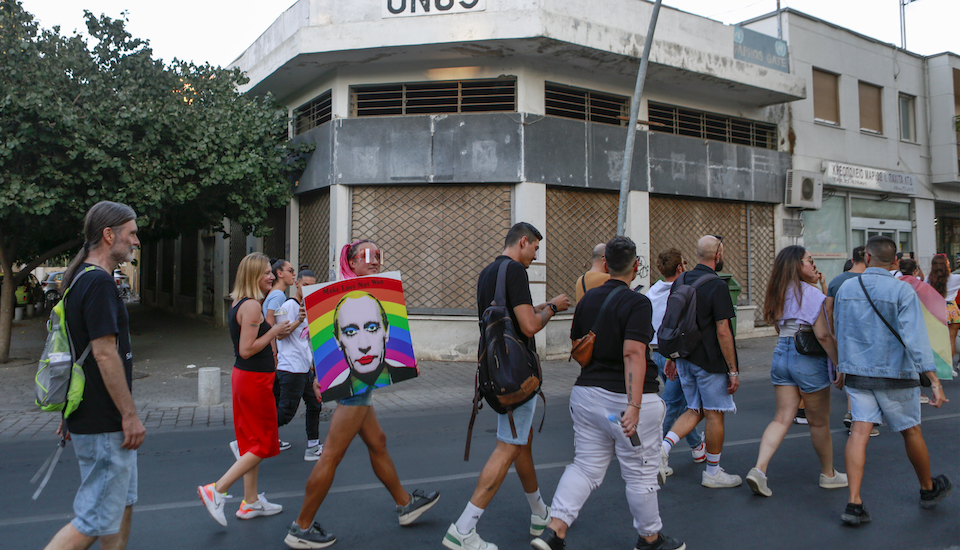
Be the first to write a comment
Comments
Please login to post a comment or reply
Don't have an account? Click here to register.